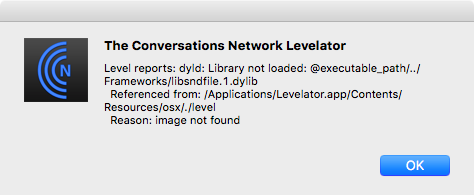
no downloading to your computer and then uploading again to your host! Oh oh oh, and Auphonic can automatically UPLOAD TO YOUR PODCAST HOST! When Auphonic processes your audio, it can automatically send the exported file through your transcription service! Next, you can hook up an external transcription services to Auphonic. “final” or “auphonic export” this will tack on that word to your exported file. Then set up your output files (pro tip: You can actually export MULTIPLE output files at the same time).Īlso, you can set a filename suffix, i.e. Next, add chapter marks (I never do this either, but some podcasters swear by it). Next up, you can type in your episode details if you’d like (I never do this, as I just fill out my episode metadata in my podcast host, Redcircle) Learn more about the Auphonic intro/outro process here. Second, Auphonic actually gives you the option to tack on an episode intro and outroīasically–if yo have a separate audio file for intros and outros, you can upload those here–and even set an “overlap,” so your intro music, etc, can overlap with your main podcast recording. I personally like to use the multitrack production option 🙂 4 – Configure your episode details & upload audio!įirst up, you’ll upload your audio (derp). (Watch my YouTube video above for an example) (This also allows you to specify some tracks as foreground tracks, and some tracks as background tracks, and Auphonic can actually lower background audio levels on autopilot). It will actually process each file separately, AND then again together.
#LEVELATOR ON AUDIOBOOK SOFTWARE#
You’ll export ALL YOUR TRACKS SEPARATELY from your editing software (DAW), and upload each one to Auphonic.

You export multiple audio files to Auphonic wav), and Auphonic is going to process the entire file at once). Single or multitrack production?īasically, you’ll “mix down” all of your tracks into a final. 3 – Choose between “multitrack” and “single track” production.
#LEVELATOR ON AUDIOBOOK FREE#
2 – Sign up for an Auphonic account.Īgain, it’s totes free for 2 hours a month, but you’ll need to grab an account.ĭone and done, mah friends. Now is also a good time to EQ your tracks if you’d like–it’s one of the few post-processing things that Auphonic DOESN’T do (though it only makes a small difference for more podcasters). remove unwanted audio snippets, filler words, and moving around intro music, sound effects, etc. 1 – Prepare your audio for uploadįirst, I recommend cutting your episodes, i.e. How do you use Auphonic? My complete Tutorial There are no controls, there are no options, nothing. You drag audio into the Levelator app, and it spits it back at you.

In other words, makes the softer parts LOUDER, and makes the LOUD parts softer.

Adaptive Leveler = Corrects level differences between different tracks of your podcast.

Auphonic does lots of cool stuff–mostly geared around taking your raw, mostly un-processed audio, and cleaning it up, polishing, and making it sound way better and ready to publish ?


 0 kommentar(er)
0 kommentar(er)
